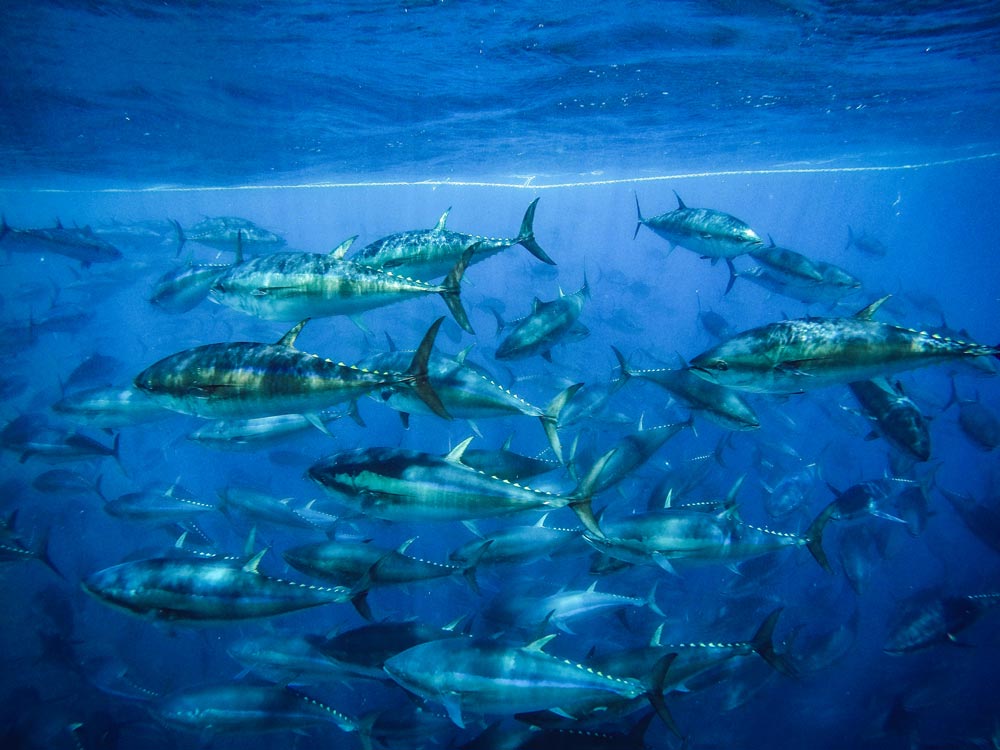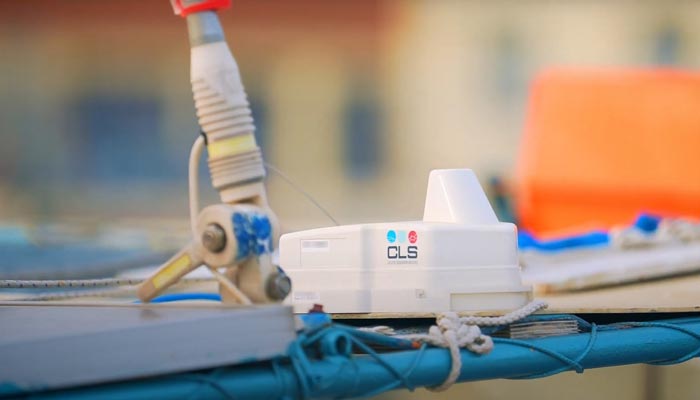Sustainable Fisheries with SATHOAN: Lines in the Water, Data on the Map
- 25 July 2025
- Category: News

Sustainable Fisheries in the Mediterranean: The Role of SATHOAN
In the intricate and fragile landscape of Mediterranean fishing, some organizations stand at the crossroads of economic necessity, environmental urgency, and social resilience.
The SATHOAN, short for Sardine, Tuna, Anchovy, is one such force. Representing a fleet of artisanal fishers, it combines market organization, regulatory oversight, and scientific cooperation to chart a new path toward sustainable fishing.


Supporting Small-Scale Fishers Through Innovation and Regulation
Based in southern France, the SATHOAN brings together over 110 mostly coastal vessels, operated by small-scale fishers.
Long reliant on generational knowledge and intuition, artisanal fleets are now navigating a new reality shaped by compliance, environmental limits, and the digitalization of food systems.
But faced with tighter regulations, biodiversity loss, and the demands of international markets, the model needed to evolve. Led by Bertrand Wendling, General Director of the SATHOAN, the cooperative has taken on a hybrid role: part market organizer, part regulator, part innovation driver.
It handles quota management, delivers fishing authorizations, represents fishers’ voices, and ensures fair access to the Common Market Organization (OCM).
Their efforts have been recognized through a dual certification, MSC for bluefin tuna and a national ecolabel for responsible practices.
Science and partnership are central to this evolution. SATHOAN collaborates with leading institutions, CNRS, IFREMER, WWF, and maintains a close technical alliance with CLS, known for its satellite-based monitoring systems.

Tracking and Technology: How SATHOAN Enhances Fisheries Sustainability
The flagship initiative? Equipping over 70 vessels with the NEMO tracking system, powered by solar-enabled beacons. This digital shift has brought the fleet online, literally.
Now, the cooperative can geolocate fishing activity, verify logbooks, and track more than 10,000 bycatch events, a goldmine for environmental monitoring and better management of sensitive species like rays and sharks.
